Activities
Book-Based Learning Activities for Foundation to Year 2 Students
This section features a growing collection of single activities and lessons, all created to link directly with children’s picture books. If you’re looking for a unit of work connected to a book, please visit our Units section.
Designed for children in Foundation (age 5), Year 1 (age 6), and Year 2 (age 7), these activities align with the Australian Curriculum across key learning areas including Mathematics, English language and literacy, Science, Health and Physical Education, and Humanities and Social Sciences (HaSS).
You can also filter activities by theme or topic, such as:
– Emotional regulation (Health & PE)
– Culture and diversity (HaSS)
– Counting and number sense (Mathematics)
– And many more
This section includes a mix of free, paid, and instruction-only resources. Use the filters to find what best suits your teaching goals, classroom needs, or homeschool context.
Expand | Collapse Search filter
-
Recognising Anger With “When Sophie Gets Angry”
📔 When Sophie Gets Angry — Really, Really Angry by Molly Bang• We are learning to recognise emotions by showing how different feelings can look and feel in our bodies and on our faces.
-
Taming Anger with The Red Beast
📔 The Red Beast by K.i. Al-Ghani• We are learning how to recognise and manage anger using strategies from a story
-
Build a Boat with Shapes
📔 Let’s Build A Boat by Jane Godwin• We are learning to apply knowledge of 2D shapes to design a boat.
-
Paper Weaving for Year 2
📔 Afloat by Kirli Saunders• We are learning to use paper weaving as a way to design with care and practise our producing skills using sustainable materials.
-
Dialogic Reading with Just Enough!
📔 Just Enough! by Steven Huynh• Students are learning to make predictions and connections between the illustrations and text to deepen their understanding of the story.
-
Basic Needs For Black Swan
📔 Just Enough! by Steven Huynh• Students learn that living things have basic needs, including food and water.
-
Just Enough! Colouring
📔 Just Enough! by Steven Huynh• Students learn that different materials, such as coloured pencils, crayons and markers, have different purposes.
• Students learn to use different techniques to make their colouring neat and appealing. -
Just Enough!’s Reading Comprehension
📔 Just Enough! by Steven Huynh• Students learn to identify and extract key information from the text to deepen their comprehension.
• Students learn to relate elements of the text to their own lives. -
Southwestern Australian Animals
📔 Just Enough! by Steven Huynh• Children learn to recognise the animal names through letters.
-
Narrative Structure Just Enough!
📔 Just Enough! by Steven Huynh• Students learn to retell narrative texts in the proper sequence.
-
Sharing Is Caring!
📔 Just Enough! by Steven Huynh• Children learn to take turns and share learning materials with friends.
-
Just Enough, Please!
📔 Just Enough! by Steven Huynh• Children learn that food provided at school is limited.
• Children learn being fair and respectful to others can fill their bucket. -
Dino Counting – One less concept
📔 Ten Little Dinosaurs by Mike Brownlow• Students are learning to count backwards through the one-less number concept.
-
Bears On Wheels (Counting)
📔 Bears on Wheels by Jan Berenstain and Stan Berenstain• Students will practise counting numbers up to 10.


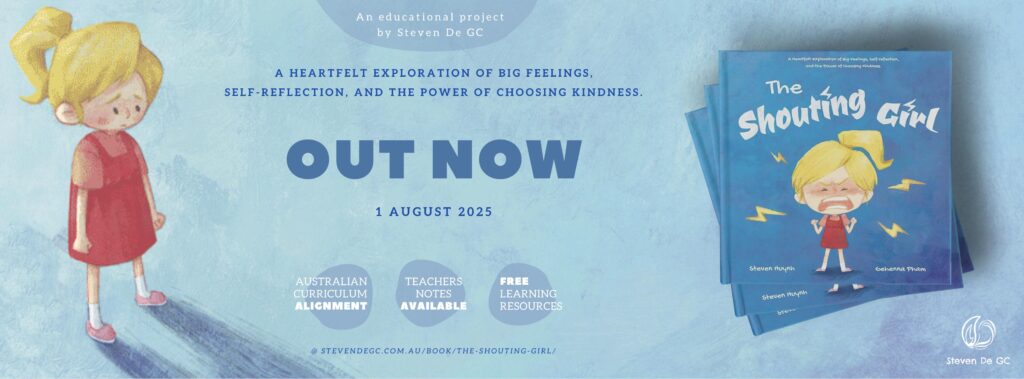



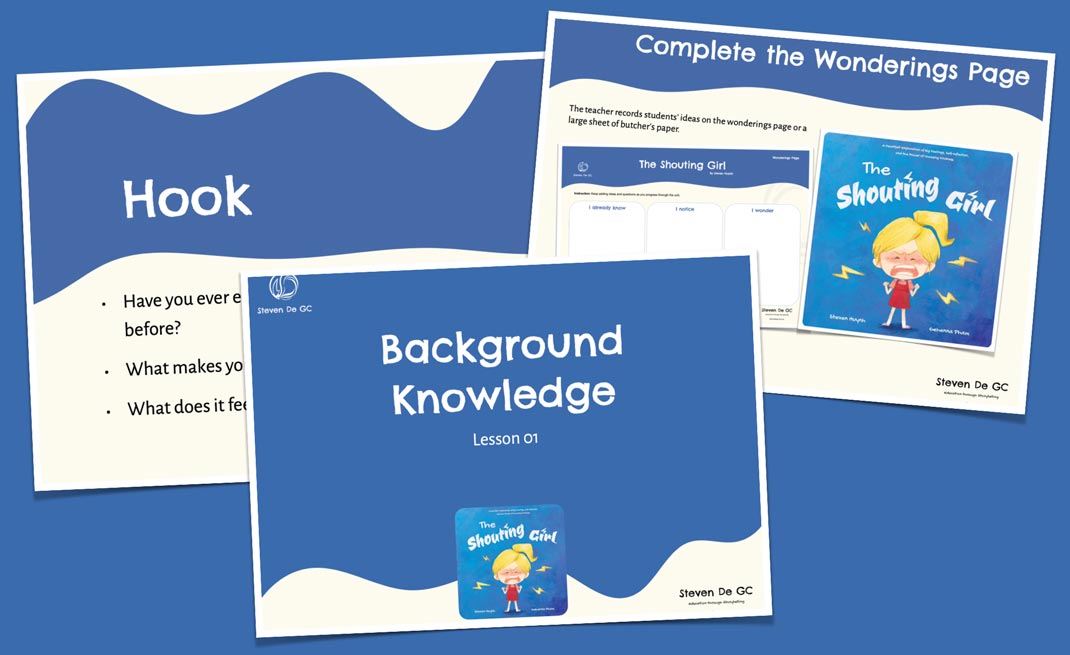
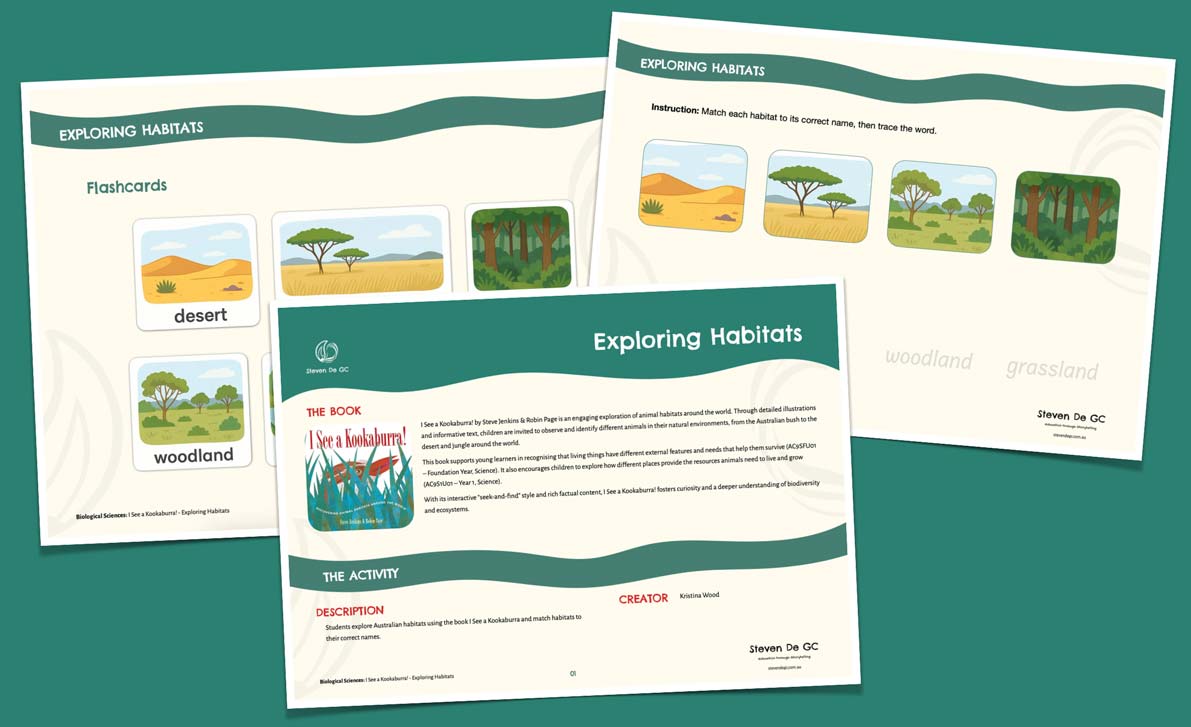
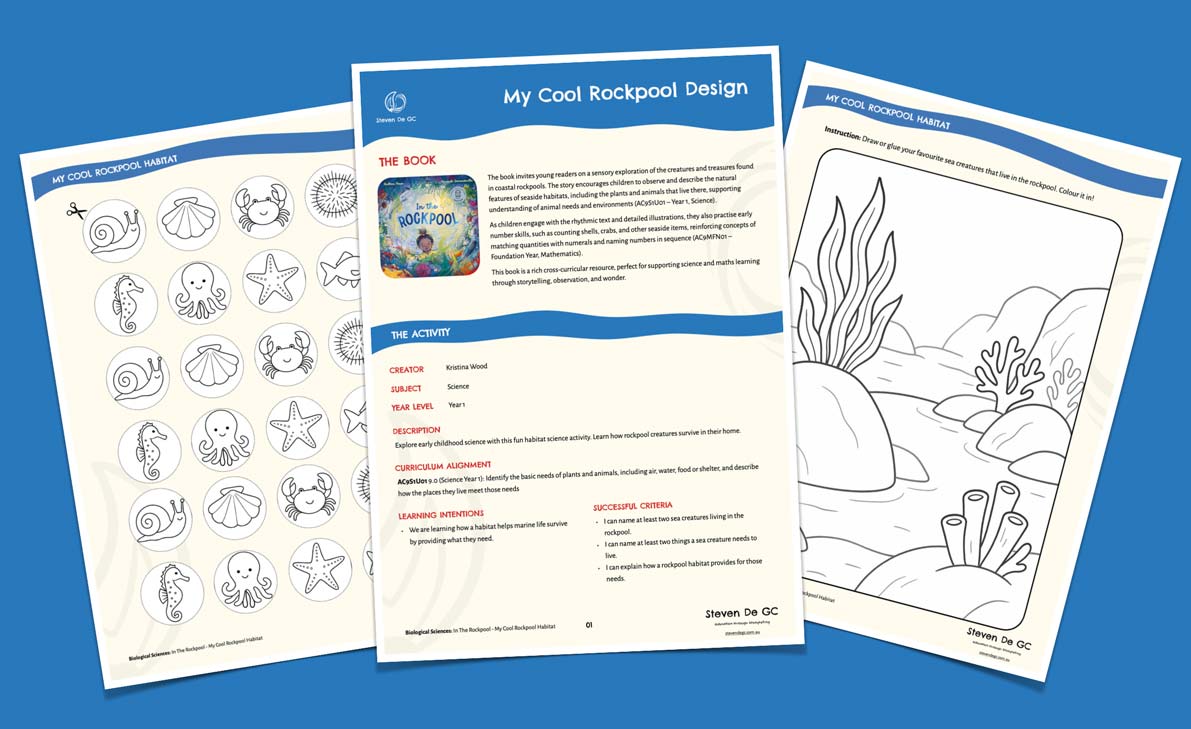
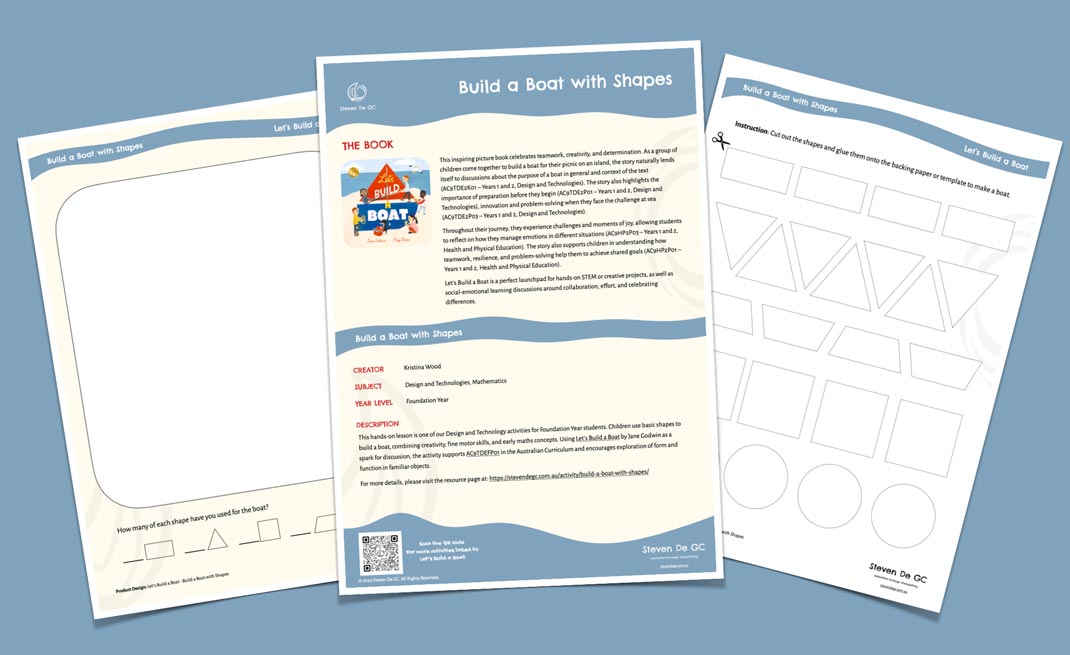
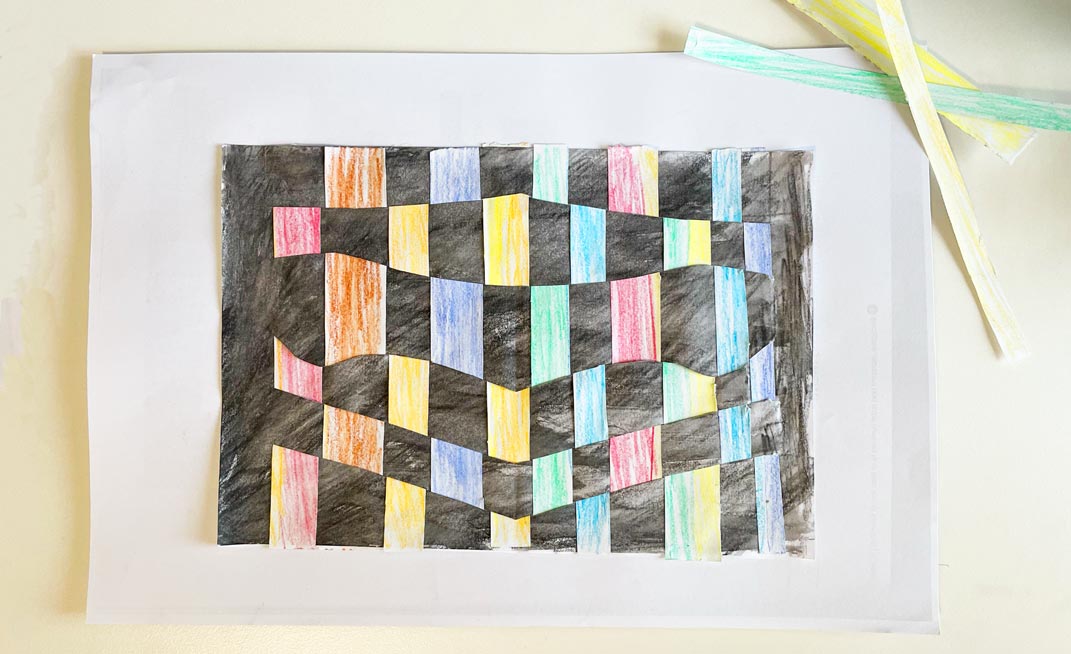
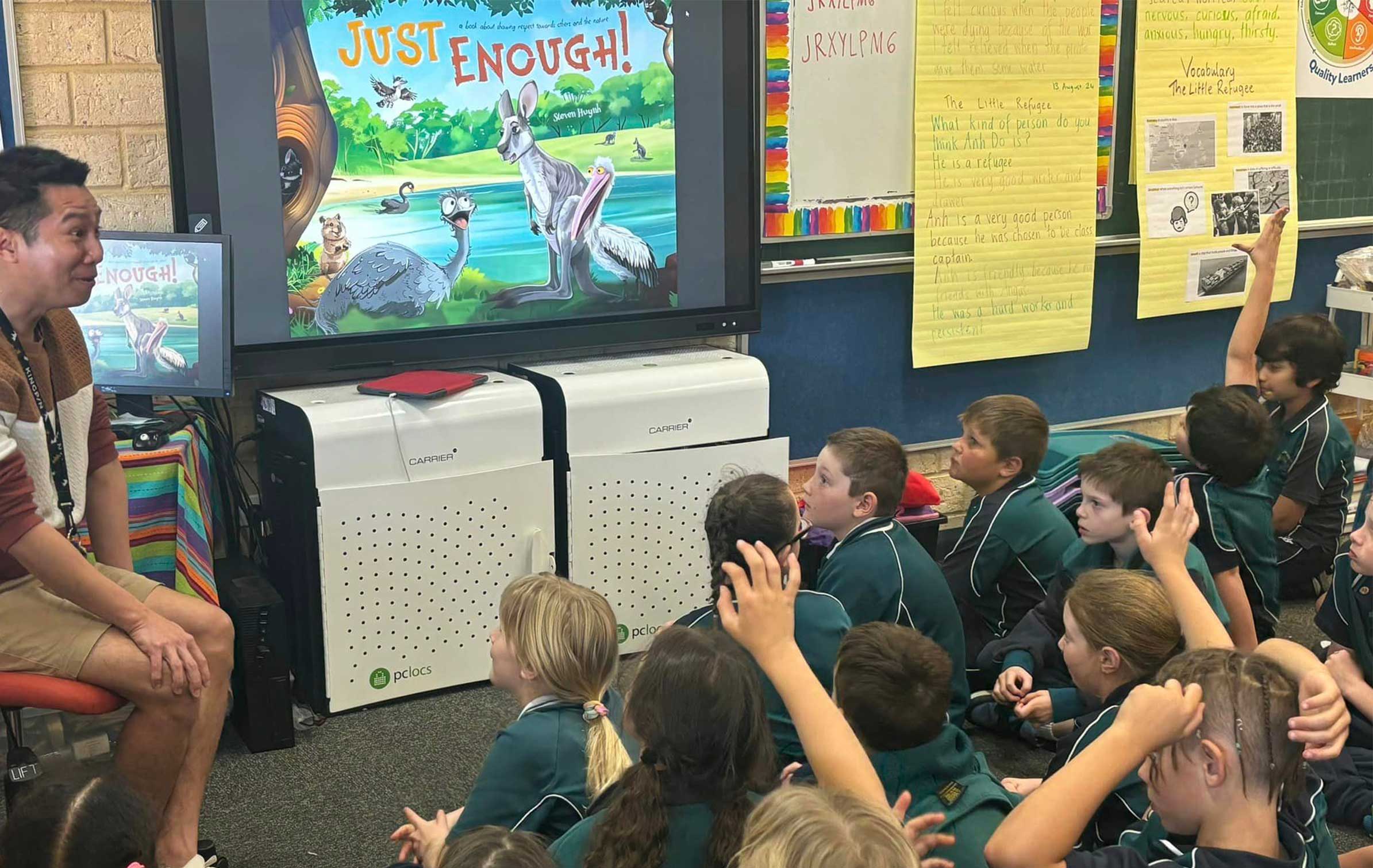
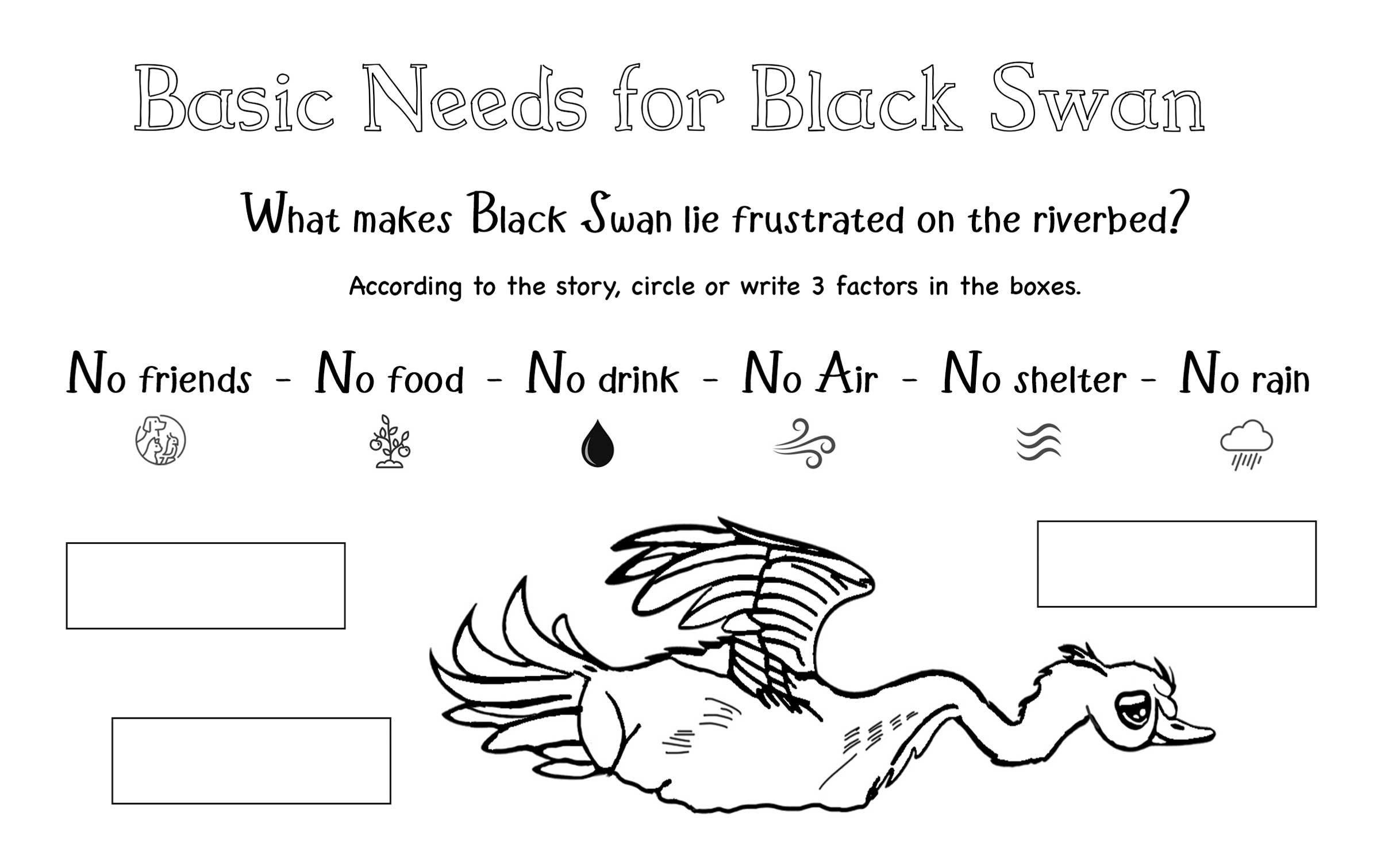
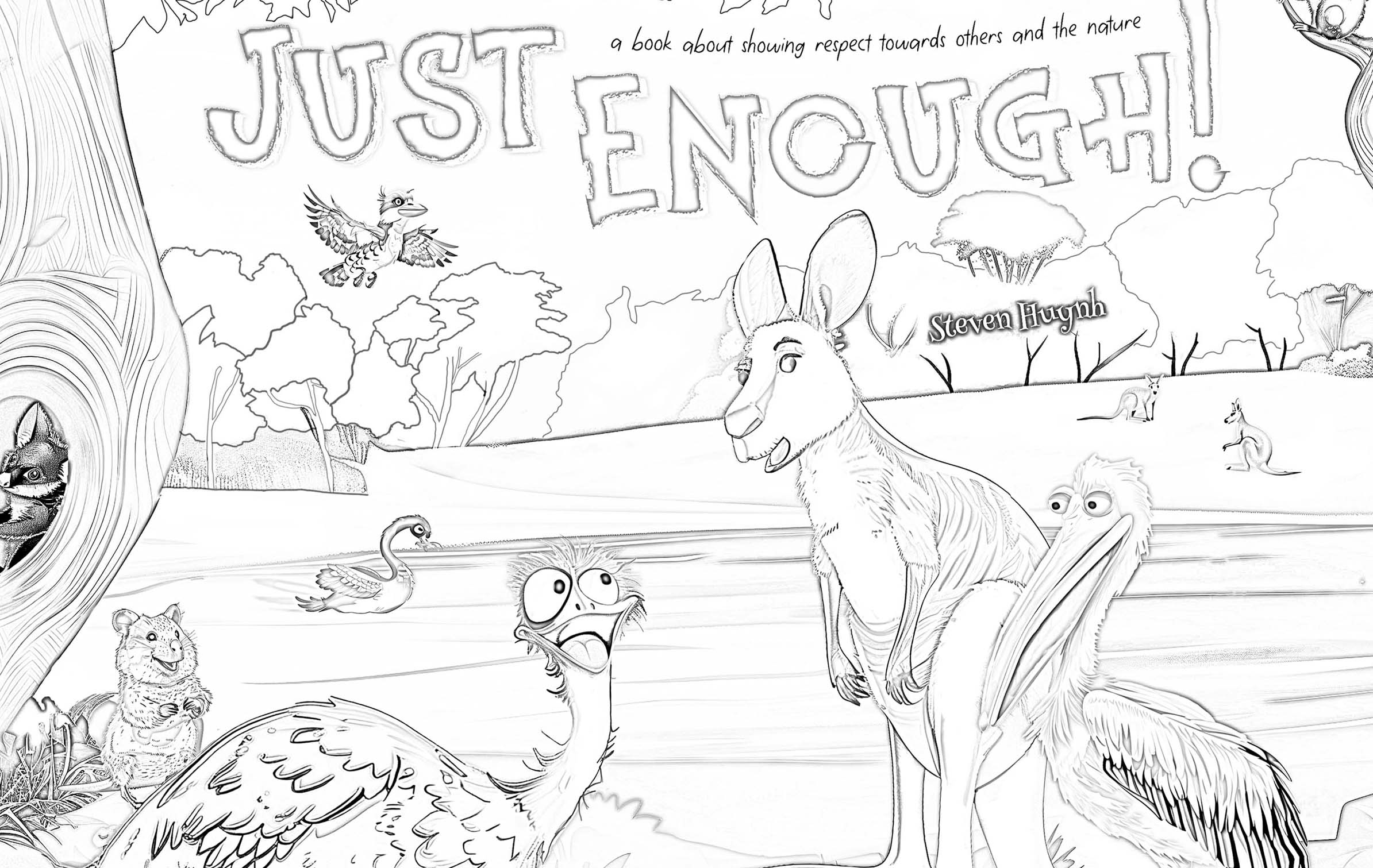
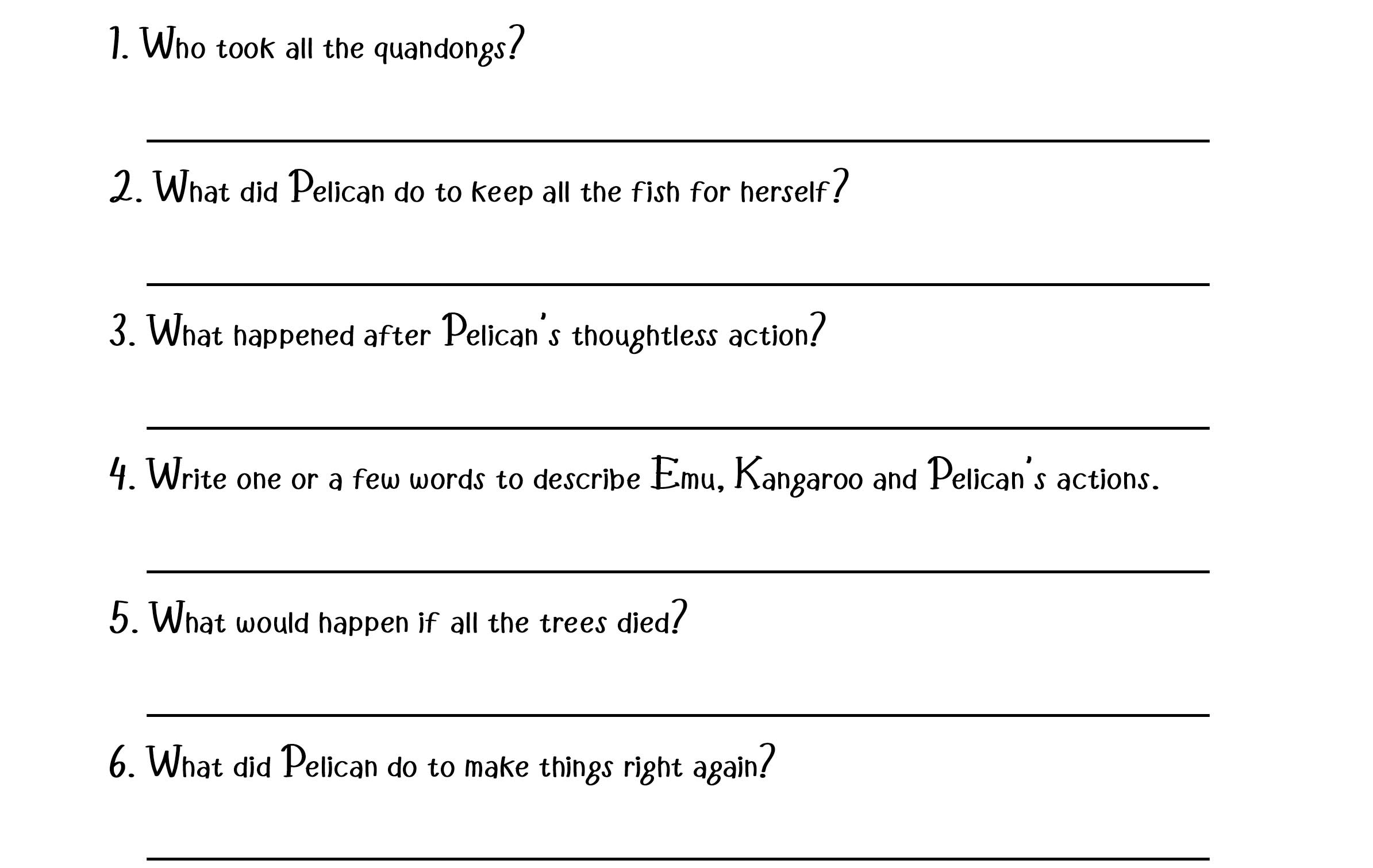


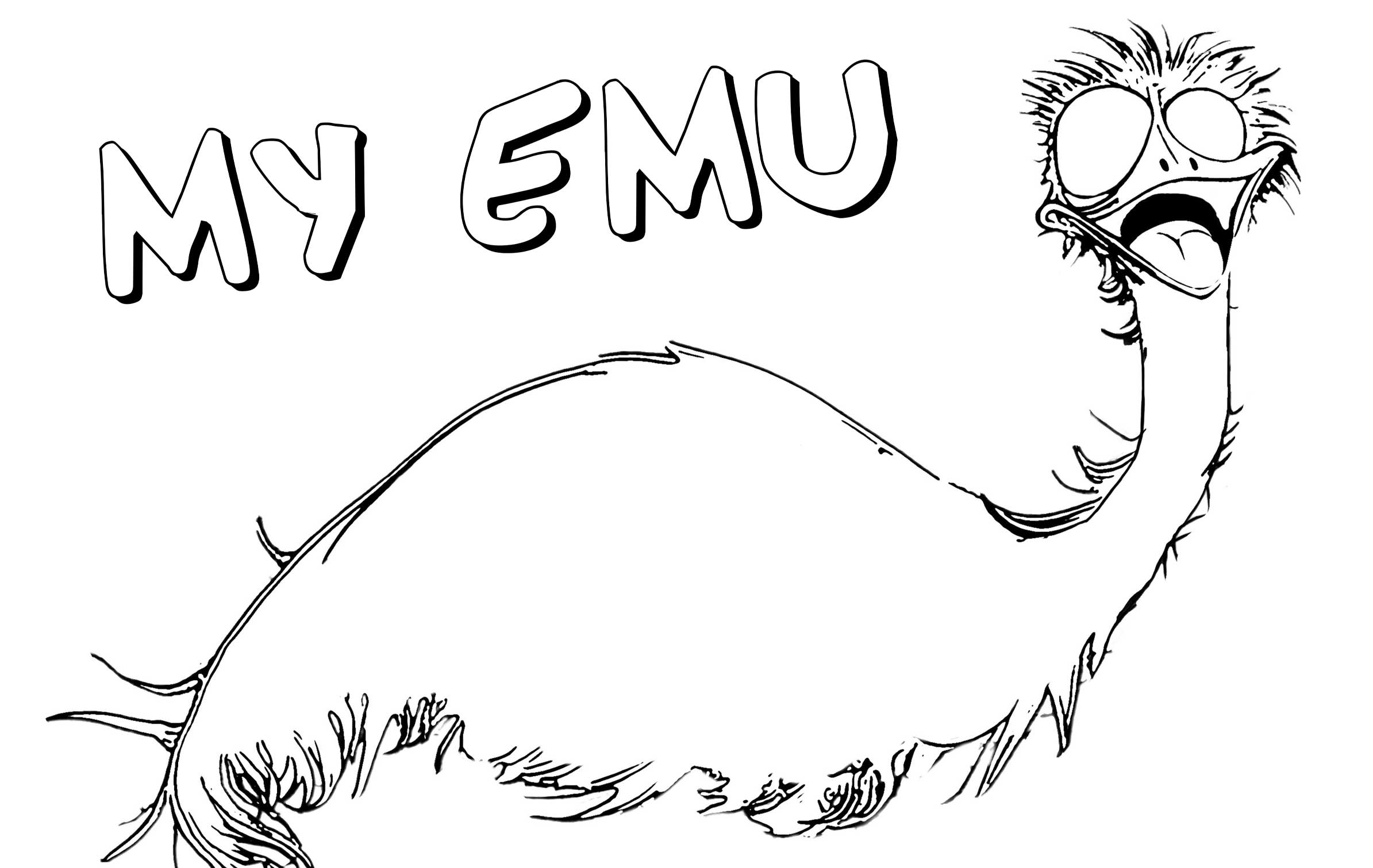
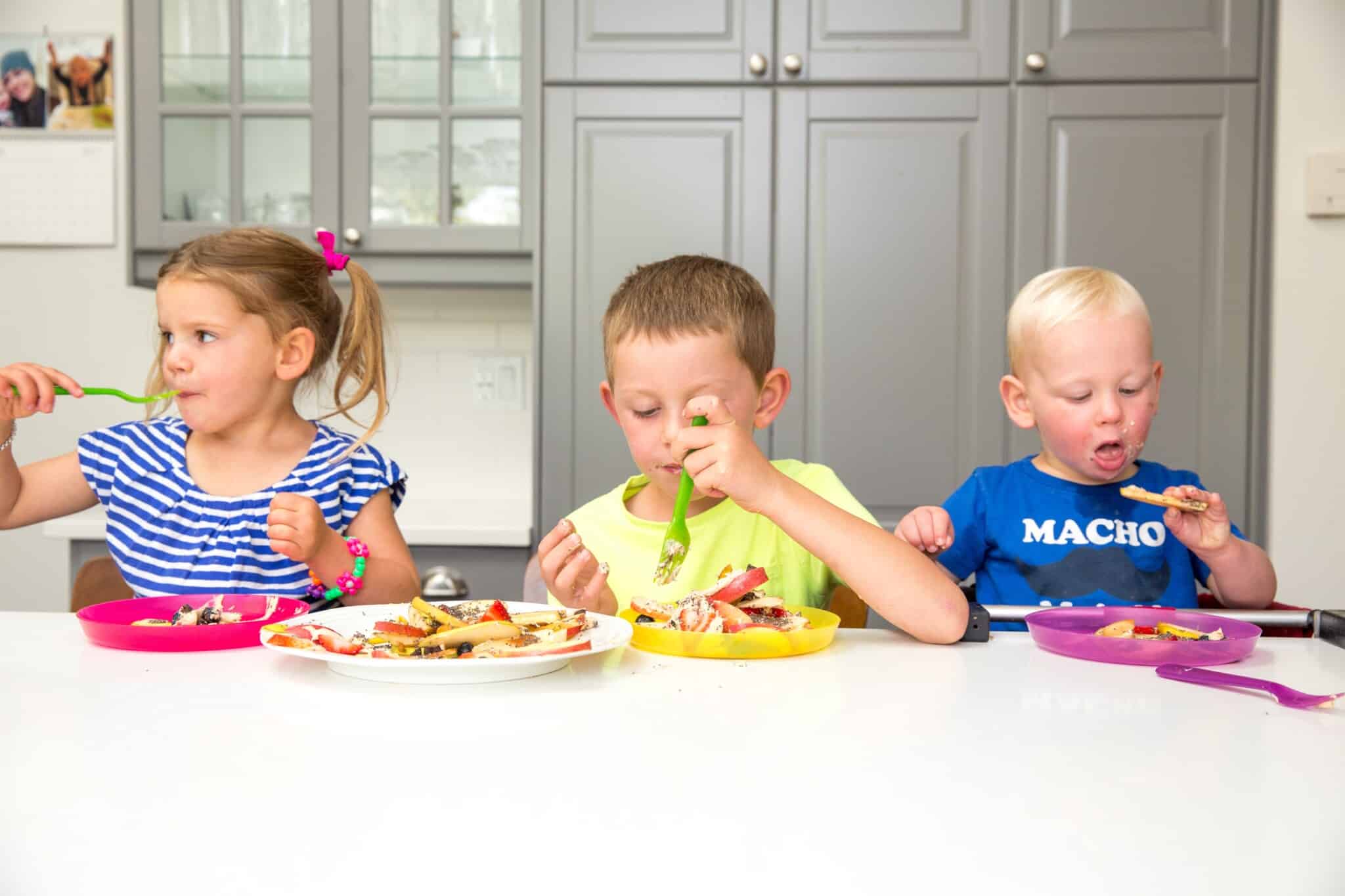



![[T4R] Stay For Dinner: L1 Background Knowledge](https://stevendegc.com.au/wp-content/uploads/2025/01/T4R-Stay-For-Dinner-L1-Cover-1.jpg)